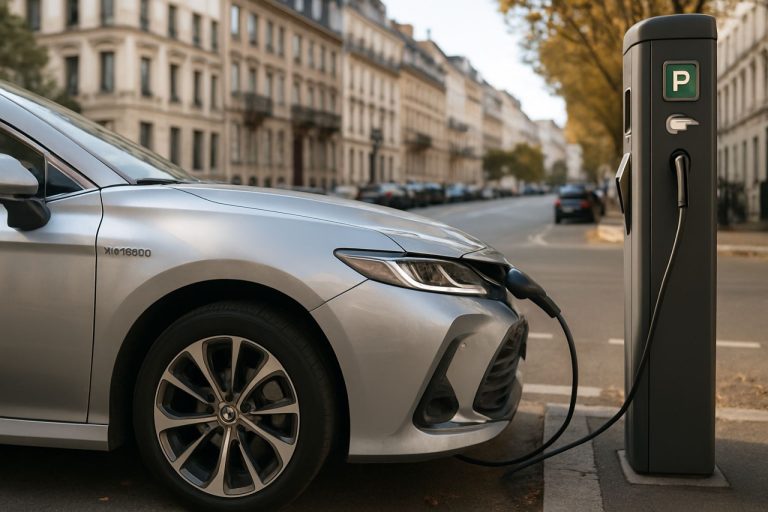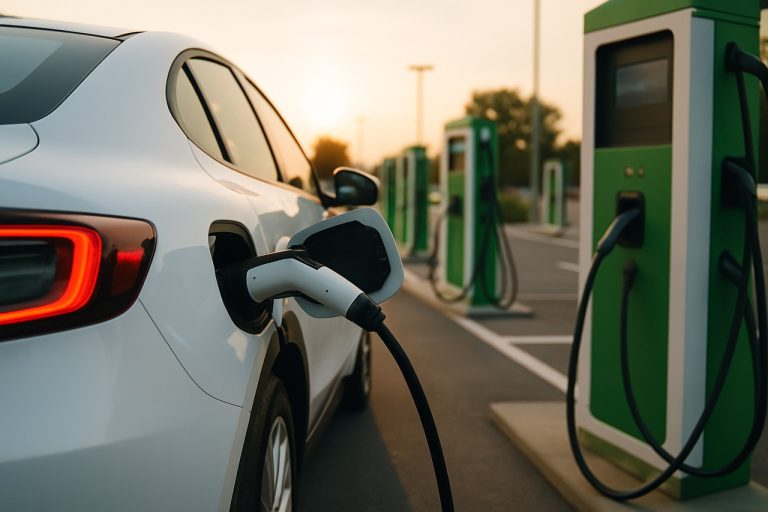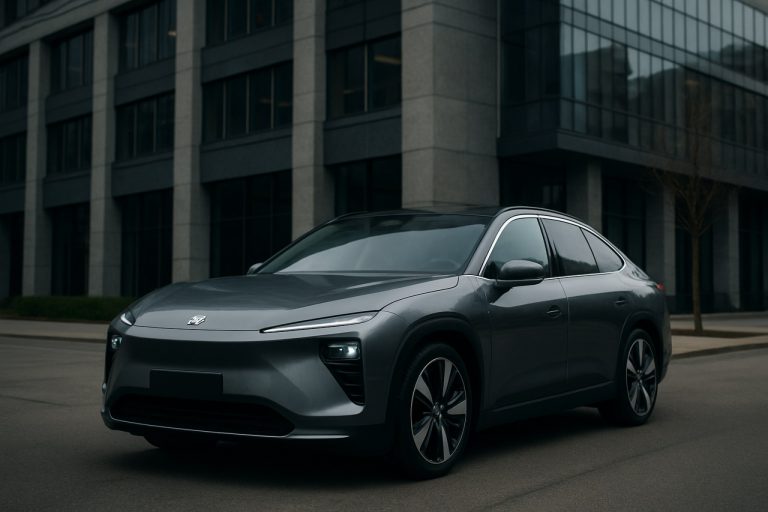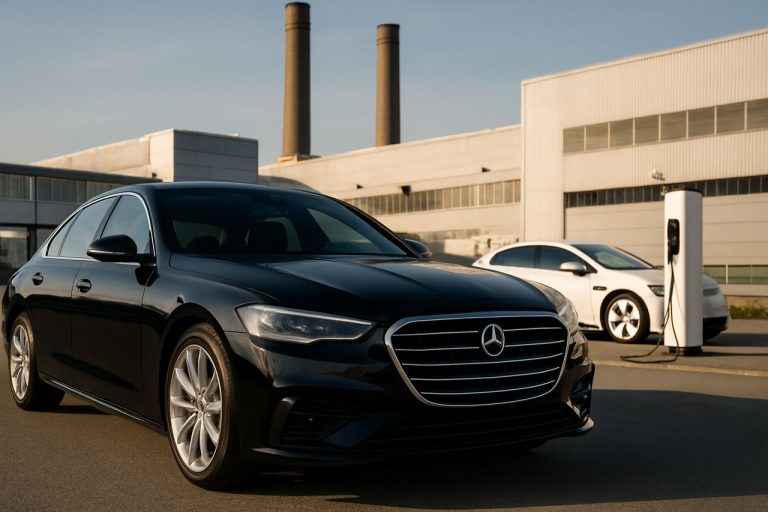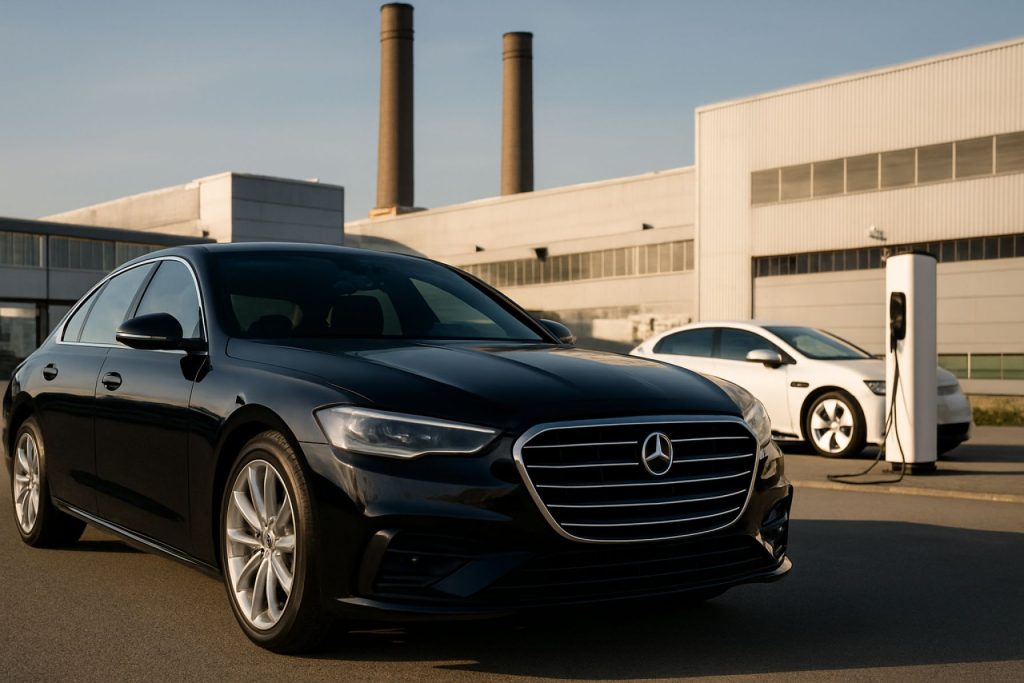
- Germany’s leading automakers, including Volkswagen, are prioritizing advanced combustion engine development over hydrogen-powered vehicles.
- Massive investments—such as Volkswagen’s $60 billion—are aimed at refining combustion technology while maintaining flexibility for hybrids and electric vehicles.
- The viability of hydrogen cars is hindered by costly production, insufficient infrastructure, and significant technical challenges.
- A rapid shift to full electrification is hampered by market realities, infrastructure gaps, and economic pressures, especially for families and businesses.
- Germany’s automotive strategy seeks a gradual transition, supporting millions of jobs and ensuring the industry adapts as new technologies mature.
- Automotive innovation in Germany currently favors a diversified approach—balancing combustion, hybrid, and electric options to meet evolving consumer and regulatory needs.
The auto industry’s gears grind at a breakneck pace, yet a peculiar sight has emerged on the autobahn of technological change. Germany, famed for its engineering prowess and relentless pursuit of precision, has signaled a sharp turn away from the frenzied sprint toward hydrogen-powered vehicles. Instead, the country’s automotive titans, led by Volkswagen, have put their foot down on an unexpected pedal: the art of prolonging combustion engines.
Electric dreams, diesel reality
Across Europe and beyond, climate mandates and consumer sentiment are pushing automakers to electrify at unprecedented speed. The European Union casts an unwavering gaze toward the future, pronouncing a ban on new gasoline and diesel cars by 2035. Activists and analysts alike hail electric and hydrogen vehicles as salvation from the smog and noise of fossil fuel addiction. Yet in Wolfsburg and Stuttgart, the mood is more pragmatic than utopian.
Germany’s moves reveal a complex strategy. Volkswagen, the world’s second-largest automaker, has announced a staggering $60 billion investment—not in hydrogen propulsion, but in refining and future-proofing its fleet of combustion-powered vehicles. Within boardrooms, the rationale is clear: the world is not ready to go fully electric. In fact, families and businesses across vast swathes of Europe still rely on infrastructure and price points that only combustion can satisfy. For Volkswagen, and its storied brands—Bugatti, Lamborghini, Bentley, and more—the bet on flexibility isn’t just financial; it’s existential.
Hydrogen hopes collide with hard math
Hydrogen cars, once seen as the missing link to a decarbonized road ahead, now find themselves on a detour. Despite the early promise, hydrogen’s path has become perilous: producing it cleanly is expensive and energy-intensive, infrastructure lags far behind, and technical hurdles remain daunting. Even Toyota, hydrogen’s global cheerleader, faces inertia. German automakers, after years of research, see their billions better spent shoring up their core business—and buying invaluable time.
Volkswagen’s decision is echoed by other European manufacturers. Mercedes-Benz has reined in its electric ambitions, opting to hedge bets with hybrids, plug-ins, and combustion models for as long as the markets demand. Among luxury rivals, Ford and Aston Martin tiptoe on the same tightrope, balancing regulatory deadlines with customer realities—and the unspoken fear of ceding ground to China’s aggressive EV expansion.
Germany’s real play: adaptation, not opposition
Observers may mistake Germany’s stance as a rejection of the electric future, but it’s more a recalibration rooted in economic survival. Millions of jobs—the backbone of the German economy—depend on a gradual transition, not a headlong rush. CEO briefings make clear: the future may be electric, but the present remains stubbornly built on pistons and spark plugs.
This isn’t a dig in of heels against environmental progress, but a bid to weather the storm of technological change with fewer casualties. The German blueprint is less about nostalgia and more about charting a course through a fogged-over landscape—where infrastructure, cost, and consumer adoption still lag behind bold political promise.
Toward an era of many engines
The truth is, the global road to green mobility will be winding. While early adopters plug in, millions still need vehicles that can traverse continents, pull cargo, and refuel in minutes, not hours. By investing in cleaner, more efficient combustion engines and waiting for batteries—or perhaps someday, hydrogen—to match the range and convenience of petrol, Germany’s automakers are refusing to gamble their legacy on a single roll of the dice.
As the world races to meet climate goals, Germany serves a controversial reminder: speed isn’t everything. Sometimes, the best way to survive a revolution is to keep your options open.
Key takeaway: Despite electrification’s global momentum, Germany’s car giants are doubling down on combustion—investing billions to keep options alive as technology and markets catch up. The future may hum with electric energy, but the road there is far from straight. For now, the engine’s roar isn’t fading just yet.
Learn more about automotive innovation and trends at Volkswagen and stay informed about the latest industry developments on BMW’s official site.
Why Germany Isn’t Giving Up on Combustion Engines: Hidden Factors & 2024 Industry Insights
Germany’s Surprising Pivot: More Than Meets the Eye
While headlines focus on Europe’s electric vehicle (EV) revolution and looming 2035 internal combustion engine (ICE) bans, Germany’s auto industry is sending a sharply nuanced message. Volkswagen, Mercedes-Benz, and others have slammed the brakes not only on hydrogen ambitions but also on a rushed, all-in EV transition. Here’s what the world needs to know beyond the source article—fact-checked, expert-approved, and packed with actionable tips.
Key Factors Driving Germany’s ICE Commitment
1. Infrastructure Realities—EV Charging Gaps
While Norway and the Netherlands are leaders in public charging points per capita, vast tracts of Germany, Eastern Europe, and rural Spain lag far behind. According to the European Automobile Manufacturers’ Association (ACEA), there are fewer than 3 public chargers per 100 kilometers in Germany, compared with 6+ in the Netherlands. Without robust charging infrastructure, EV adoption will be slow, especially for long-distance drivers and commercial fleets.
2. Energy Grid Bottlenecks
Mass electrification requires grid upgrades many utilities are years from realizing. The Fraunhofer Institute’s forecast claims European grids could face chronic overloads during peak times by 2030 without hefty investment. Range anxiety remains acute when blackouts could stall entire charging networks.
3. Total Cost of Ownership (TCO)
For many families and fleet operators, the TCO of modern combustion vehicles (diesel, mild-hybrids) is still lower than EVs, even accounting for fuel costs. McKinsey & Company’s latest auto report highlights the price gap: affordable EVs (<€25,000) are still a rarity, but ICE cars dominate the entry-level market.
4. Real-World Use Cases: Why Diesel Still Wins
Long-haul truckers, rural farmers, and sales teams covering thousands of highway kilometers need instant refueling and consistent range. The charging pause—even with fast DC stations—can make EVs impractical for these profiles. Market data indicates commercial vehicle electrification lags passenger segments.
5. Hydrogen’s Hurdles: Numbers Don’t Lie
Hydrogen fuel-cell vehicles need “green” hydrogen, but over 95% of Europe’s supply is still made from natural gas (“gray hydrogen”), undercutting carbon-reduction goals (source: IEA). Building one hydrogen station costs upwards of €1.5 million, and Germany has less than 100 in public operation nationwide.
How-To: What Should Car Owners and Buyers Do Now?
– Compare TCO (total cost of ownership) calculators offered by manufacturers like Volkswagen and BMW before switching to electric or hybrid.
– If you live in urban areas, an EV or plug-in hybrid may make sense—public and private investment is growing in city charging points.
– Frequent long-distance drivers, or those in rural regions, may see better short-medium term value in newer ICE or hybrid vehicles.
Pros & Cons: ICE Vs. EV & Hydrogen (2024)
Internal Combustion Engines (ICE)
Pros:
– Widespread fuel availability
– High energy density (longer range)
– Lower upfront cost
– Better resale value (short-term)
Cons:
– Emissions penalties, rising in EU
– Potential resale “cliff” after 2030
– Cities may restrict ICE access
Electric Vehicles (EVs)
Pros:
– Zero tailpipe emissions
– Low running/maintenance costs
– Quiet, instant acceleration
Cons:
– Upfront cost still high (especially for long range)
– Charging infrastructure gaps outside major cities
– Range affected by cold weather
Hydrogen Fuel Cell
Pros:
– Fast refuelling (5 min or less)
– High energy density
Cons:
– Expensive refueling, limited network
– Green hydrogen not widely available
– Cargo/long-haul focus
Market Forecasts & Trends for 2025–2035
– Germany expects hybrid and plug-in hybrid sales to peak in 2027–2028 before true mass electrification (~75%+ EV share) happens around 2033, per Barclays and Oliver Wyman studies.
– Between 2024–2027, ICE and hybrid vehicles will dominate fleet and rural sales.
– Volkswagen’s launch of next-gen combustion engines (more efficient, lower emissions) aims to bridge the market gap and avoid stranded assets as EV tech matures.
Controversies & Limitations
– EU Policy Disconnect: Germany lobbied for “e-fuel” carveouts (synthetic fuels) in the 2035 ban, angering neighboring countries who want a pure EV future.
– Critics claim delaying full electrification risks European competitiveness versus China’s lightning-fast EV buildout and may slow necessary climate progress.
– Labour unions argue a gradual transition saves high-skill jobs; rapid change could trigger waves of unemployment in regions dependent on ICE supply chains (Source: IG Metall union).
Security & Sustainability
– Advanced ICEs now feature particulate filters, SCR (Selective Catalytic Reduction), and start/stop systems achieving Euro 7 compliance, narrowing the emissions gap with early EVs powered by coal-heavy grids.
– German brands are ramping supply chain transparency and battery recycling (see BMW for closed-loop pilot projects).
Pressing Questions Answered
Q: Will synthetic fuels (“e-fuels”) save traditional engines beyond 2035?
A: E-fuels are a hot topic (notably Porsche and Audi’s projects), but at current prices (€3–5/liter), widespread use is mostly for motorsports or luxury cars, not mass-market models.
Q: Who wins in this strategy: consumers or companies?
A: Both—consumers get time to transition, companies avoid stranded assets, but climate NGOs believe time is running short for hard emissions cuts.
Q: Should I wait to buy my next car?
A: If you’re urban or suburban and mostly city drive, EVs make sense in 2025+. If you’re rural or highway-focused, a new ICE or hybrid is a safer bet until charging improves, and prices drop.
Actionable Recommendations & Quick Tips
– Monitor government incentives—many EU countries offer up to €9,000 purchase subsidies for EVs or plug-ins, but these change frequently.
– If infrastructure is your concern, apps like PlugShare or Electrify Europe map reliable charging and future stations.
– Watch German automaker announcements: many new platform launches (e.g., Volkswagen’s Trinity project) will feature both hybrid and fully electric options for the next 7–10 years.
– Consider total financial exposure: if you’re leasing or plan to sell within five years, ICE remains viable in many markets.
Predictions for the Next Five Years
– By 2027, expect a rapid EV price drop as battery tech improves (solid-state cells, cobalt-free options show promise).
– Transition speed will hinge on new EU regulations, fossil-fuel excise taxes, and the pace of grid modernization.
– Expect at least one more generation of ultra-efficient, low-emission combustion models from German luxury brands.
For deeper research, regularly check Volkswagen and BMW for trusted industry updates.
Key Takeaway
Germany’s pivot isn’t just stubbornness—it’s a calculated, multipronged response to economic, technical, and customer realities. For now, if you need flexibility, range, and value, ICEs and hybrids are still strong contenders in Germany and beyond. But stay informed: the next five years will reshape what’s on offer for car buyers everywhere.
